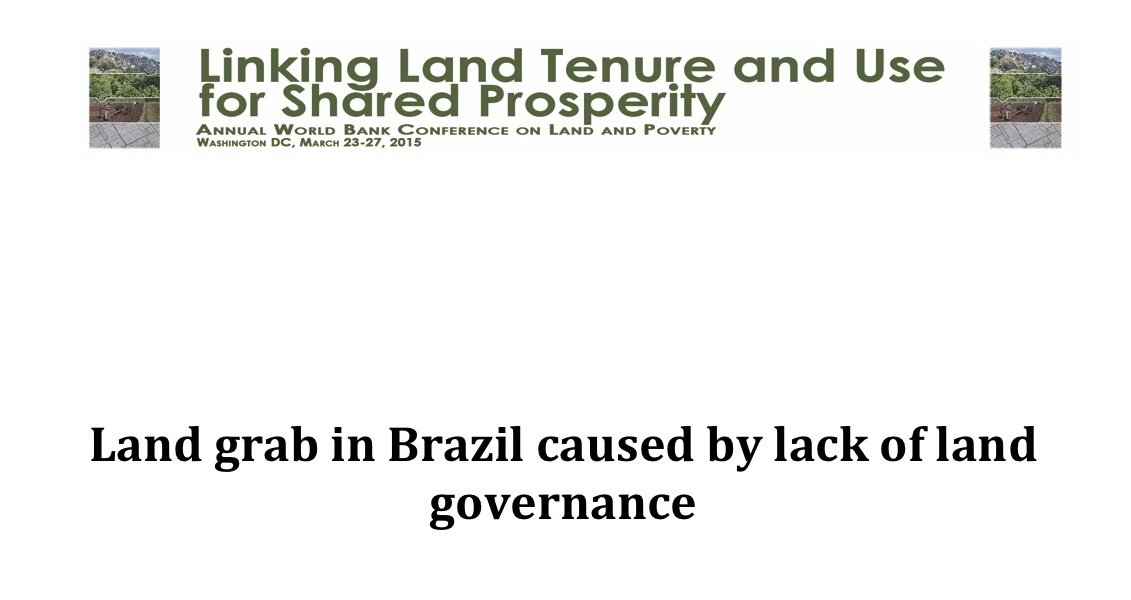Towards three decades of spatial development transformation in two contrasting post-Soviet cities—Kraków and Budapest
Urban structure, land use, and land cover analysis are among of the primary problems of urban planning. The paper analyses the structure of land cover in Kraków and Budapest, cities with similar past. The investigation involved 41 districts (18 districts in Kraków and 23 districts in Budapest). The authors attempted to apply a methodology to develop an approach to seek out similarities between the investigated units. Cluster analyses and GIS methods were employed to analyse land cover data provided by the European Environment Agency in the form of the Urban Atlas.




